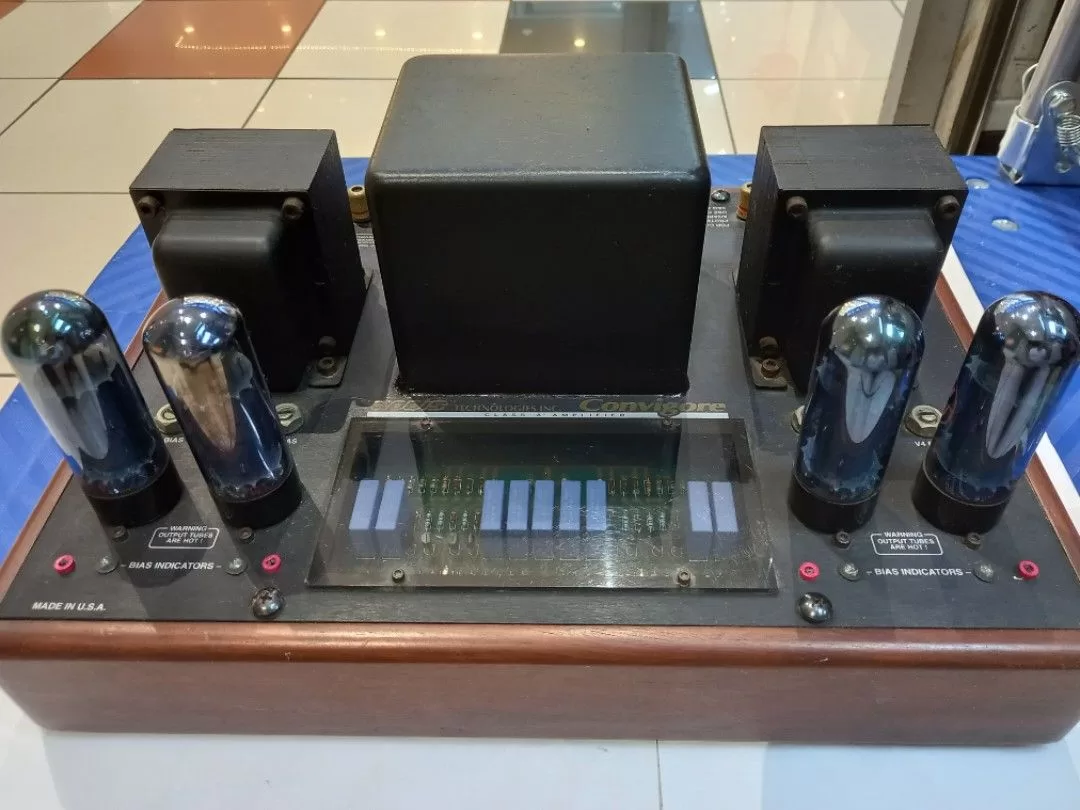A Quick Look at MOSFET Devices, Amplifier Cards, and More!

Enterprise-level communication systems rely on MOSFET devices to handle their regular operations. A MOSFET device or transistor helps increase an electronic device’s signals. MOSFET stands for metal–oxide–semiconductor field-effect transistor and has various reference styles, such as MOS-FET, MOSFET, and MOS FET. The primary duty of this device is to change the current flow through small electricity amounts to control more significant amounts of power. Most modern electronic instruments use MOSFETs today.
More about MOSFETs
MOSFET devices commonly feature integrated circuits across different electronic devices. Systems use them for their ability to work well, consuming and wasting much less energy. In a MOSFET, you will come across semiconductor terminals for the body, drain, gate, and source. Drain and source terminals make a part of the transistor’s body, whereas the gate dots the area between the drain and the source, separated by a thin insulation layer. The specific design of the device can use negative or positive electron holes to carry electrical charges. The three terminals, including the drain, gate, and source, can contain any number of electron holes to polarize the negative and positive electrons. While drain and source terminals have the same polarity, the gate can be opposite of them.
Voltage changes in the gate and body terminals can impact the electric charge in the gate terminal. When the depletion area in the gate terminal grows, it creates an inversion layer of the semiconducting and insulating layers’ interface. It enables the gate terminal’s charge carriers to flow smoothly. Consequently, electricity can easily pass between the drain and the source. MOSFETs can be either silicon-germanium alloy or silicon material. To change the semiconductor terminals’ properties, the manufacturers add small amounts of impurities through materials like arsenic, phosphorous, or boron. They call this process doping. Gate can primarily be a polycrystalline silicon substance, while others can use a polysilicon alloy with nickel, tantalum, and titanium. The gates in smaller devices can use metals like titanium nitride, tantalum, and tungsten. The typical choice for insulation is silicon dioxide (SO2), while other oxide types are also accessible.
Amplifier circuit board
An amp card or circuit board is an integral component of the professional-grade amplifier. It manages signals and their strength through a MOSFET device to help them merge with additional power currents. You get these cards in different sizes and capabilities—each shares one common trait – a substrate to carry the soldered components. The surface of the circuit board can be most critical. The wafer or substrate can be plastic resin with fiberglass reinforcements. The wafers can contain etched conductive markings of copper that let multiple electronic components sit on them.
You will see different electronic components if you investigate your amplifier card closely. The amplifier is, of course, a single part. The board will house many capacitors, resistors, terminals for input and output signals, etc. The experts say that the circuit board’s size can vary from smaller to bigger based on its usage. A professional or household amplifier can require a larger amp card, while smaller portable headphone amps use a miniature square-inch amplifier. Generally, these cards are devoid of a power supply. But some exceptions can be there. When attached to battery-operated amplifiers, they feed on the power transferred from the batteries. Small amp devices can use wall warts or power adapters as an external power source to remove dependency from the onboard supply.
If your amplifier is extensive and requires a connection with an AC outlet, the card will need circuitry to modify current into signals for the amplifier’s consumption. Their power supply sources and electric networks can be a part of some other board to separate the noisy AC power current from sophisticated A/V signals that an amplifier wants.
Amplifier class
When shopping for a commercial 600 watt amp card or so, you will come across a spec called Class. Class defines the amplifier’s ability to mix signals and power. Class D is most familiar with high-end devices. But you also get options in Class A, B, and AB. Each has a specific role to play. For example, the Class D amp card stands out for its maximum efficiency and small size, making it a significant part of modern audio amplification. Class AB is efficient and provides good sound; Class B is better than the Class A model, but there can be many distortion risks. Class A may be less efficient, but you can expect it to deliver hi-fi audio.
Enterprise-level communication equipment needs Class D amp cards to produce a high-frequency range from DC current. The onboard circuits help input signals modify the pulse’s dimension to emit loud signals. The amplifier runs the DC pulses to produce high energy output. When the DC pulses flow, MOSFET devices can be either entirely off or on, depending on the power supply status. One might confuse Class D amplifier cards with digital systems that process ones and zeroes to turn a device on or off.
Initially, Class D amplifiers stood out for their bass, thanks to their ability to create lots of noise. But things have evolved ever since. Modern Class D amp cards are lightweight, small, etc. They can stay cool for a long time compared to other amp classes while dealing with the same quantity of power. The sound reproduction quality has also improved a lot.
Other amp classes
Class A MOSFET devices would use the same amount of power regardless of the presence or absence of input signals. Due to this, the device becomes heated when no signal occurs. If it catches signals, the electricity will travel to the speaker terminals. Class A amps can be 25% efficient but waste 75% of energy. Yet, some rely on it for its distortion-free sound. Class B amplifiers perform at the capacity of 50% or so. But there can be a risk of crossover distortion due to the involvement of two transistors. Conversely, Class AB amplifiers can operate up to 60% of their capacity and offer limited distortion risks. That’s why home theaters, stereos, and cars use Class AB amplifiers.
Understanding the role of the component in a communication system is necessary to determine a perfect choice. So, learn about each part before putting your money into anything.










